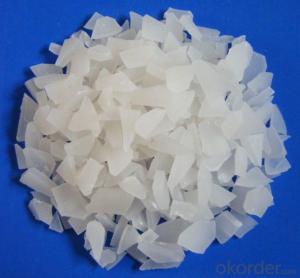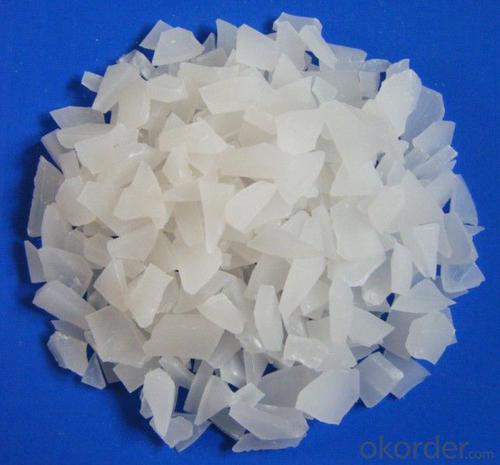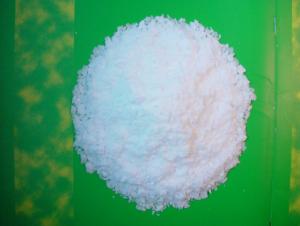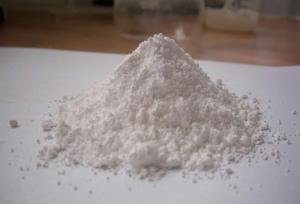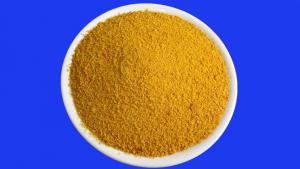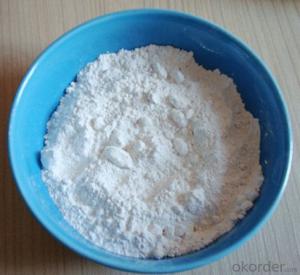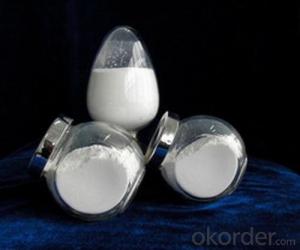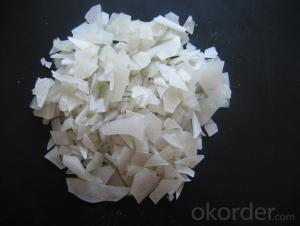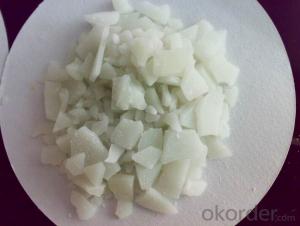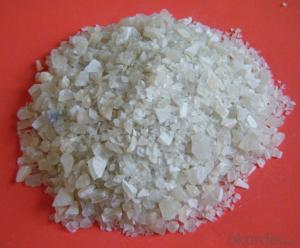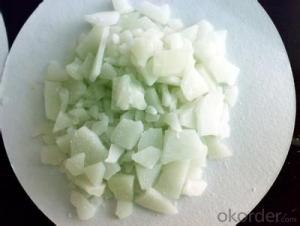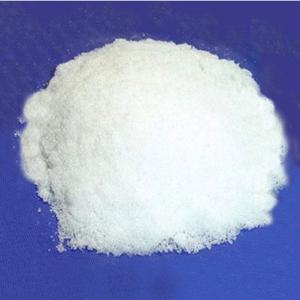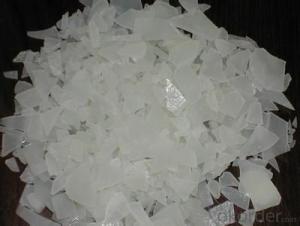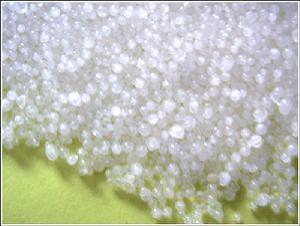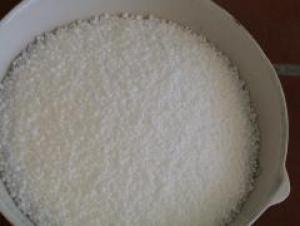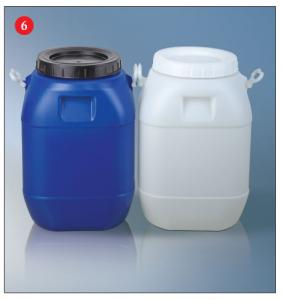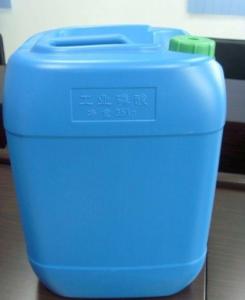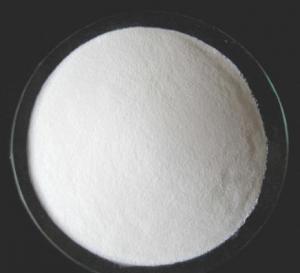SGS TEST FERRIC ALUMINIUM SULPHATE POWDER
- Loading Port:
- China Main Port
- Payment Terms:
- TT OR LC
- Min Order Qty:
- -
- Supply Capability:
- -
OKorder Service Pledge
OKorder Financial Service
You Might Also Like
Packaging & Delivery
| Packaging Detail: | PP/PE 50kg/bag;25kg/bag;Jumbo bag or according to customers' requirements. 20-25MT will be loaded in per 20'FCL container. |
| Delivery Detail: | Within 15 days after receiving the prepayment or L/C. |
Specifications
Aluminium Sulphate
Molecular Formula:Al2(SO4)3
Purity:Al2O3 15.8% 16% 17%
Shape:Flake,Granular,Powder
CAS NO.10043-01-3
1. Chemical and Physical Properties:
Product name: Aluminium Sulphate or Aluminum Sulfate
Shape: Flakes or Granular or Powder.
EINECS NO.:233-135-0
CAS No.: 10043-01-3
HS.Code: 28332200
Molecular Formula: Al2(SO4)3
Appearance:It is white or grey flake,particle or massive crystallization.
Apt to cake after moisture absorption when laid in air for a long time.A little green because of Fe2+ ,yellow when Fe2+ is oxided to Fe3+.Soluble in water easily,and water solution is acid.
2. Specification:
Standard: HG/T 2225-2001 and HG/T 2227-2004
Items | Specifications | |||
I Type:Low Ferrous/Low Iron | II Type:Non-Ferrous/Iron-free | |||
First Class | Qualified | First Class | Qualified | |
Al2O3 % ≥ | 15.8 | 15.6 | 17 | 16 |
Ferrous(Fe )% ≤ | 0.5 | 0.7 | 0.005 | 0.01 |
Water Insolube % ≤ | 0.1 | 0.15 | 0.1 | 0.15 |
PH (1% aqueous solution) ≥ | 3.0 | 3.0 | 3.0 | 3.0 |
Arsenic(As) %≤ | 0.0005 | 0.0005 | ||
Heavy metal (Pb) %≤ | 0.002 | 0.002 | ||
3.Applications:
Water effluent treatment system
It's used for purification of drinking water and wastewater treatment by settling of impurities by
means of precipitation and flocculation.
Paper Industry
It helps in sizing of paper at neutral and alkaline pH, thus improving paper quality (reducing spots
and holes and improving sheet formation and strength) and sizing efficiency.
Textile Industry
It is used for color fixing in Naphthol based dyes for cotton fabric.
Other Uses
Leather tanning, lubricating compositions, fire retardants; decolorizing agent in petroleum, deodorizer; food additive; firming agent; dyeing mordant; foaming agent in firefighting foams; fireproofing cloth; catalyst; pH control; waterproofing concrete; aluminum compounds, zeolites etc.
4. Package:
Packaging Detail: PP/PE 50kg/bag;25kg/bag;Jumbo bag or according to customers' requirements.
20-25MT will be loaded in per 20'FCL container.
5. Attention and Storage:
The product is liable to absorb moisture and clot due to long-term exposure, so shady, cool and ventilated environment is needed.
- Q: I have been very confused, baking soda and edible alkali surface is the same thing? Tea in the consumption of baking soda is not become alkaline? Can drink? How to quickly become alkaline? In addition to more melon Fruit and vegetables outside
- Alkaline foods such as kelp, white radish, tofu, red beans, soybeans, apples, onions, kale, tomatoes, spinach and bananas are all things that are not easy to cause appetite but are beneficial to the body. Acidic foods, such as grapes, strawberries, lemons, etc., which are drooling, and in fact these things are typical of alkaline foods.
- Q: What is the inorganic salt in the egg
- Carbohydrate (g) 3.1 Vitamin C (mg) 0 Manganese (mg) .02
- Q: Are plants absorbing water and inorganic salts only through root tip or wrong? The
- Plants through the leaves can also absorb water and inorganic salts, but the root tip is the main part of the plant to absorb water and inorganic salts.
- Q: Milk food rich in nutrition, in addition to containing a variety of inorganic salts which also contain three types of organic energy can be organic
- Protein, fat, carbohydrate
- Q: Why is the inorganic salt left after the burning of the food
- Food contains protein, fat, inorganic salts and water and other substances in the process of combustion in addition to inorganic salts and the rest of the water are burned, and water in the combustion process evaporates. So take the only inorganic salt.
- Q: Whether the metal oxides are alkaline oxides
- But the metal oxides are not all alkaline oxides
- Q: What is the difference between "organic salt" and "inorganic salt"? What is the difference between "organic salt" and "inorganic salt"?
- Organic salts are organic acids with alkali (carboxylic acid) occurs in the reaction of the salt is called organic salt.
- Q: Titanium oxide total of several?
- TiO2 titanium oxide - titanium dioxide, is the white powder, is the best white pigment, commonly known as titanium dioxide. Previously, people mining titanium, the main purpose is to get titanium dioxide. Titanium white adhesion is strong, not easy to play It is used to make refractory glass, glaze, enamel, clay, high temperature resistant laboratory utensils, etc .. Titanium dioxide is the world's most white Of the material, l grams of titanium dioxide can be more than 450 square centimeters of the area painted white.It is more than the commonly used white pigment - zinc barium white also white 5 times, it is the best paint to paint white paint. The world as a pigment Of titanium dioxide, more than a year to several hundred thousand tons of titanium dioxide can be added to the paper, the paper white and opaque, the effect is 10 times larger than other substances, so the paper and art paper will add titanium dioxide.In addition, In order to make the color of the plastic lighter, so that artificial silk gloss soft, and sometimes to add titanium dioxide in the rubber industry, titanium dioxide is also used as a white rubber filler.
- Q: What are the nutritional requirements for bacterial growth?
- For water: the nutrients required for bacteria must be dissolved in water, nutrient absorption and metabolism are required to carry out water.
- Q: People lack the inorganic salt will be what disease
- severe phosphorus deficiency can lead to anorexia, anemia and so on.
Send your message to us
SGS TEST FERRIC ALUMINIUM SULPHATE POWDER
- Loading Port:
- China Main Port
- Payment Terms:
- TT OR LC
- Min Order Qty:
- -
- Supply Capability:
- -
OKorder Service Pledge
OKorder Financial Service
Similar products
Hot products
Hot Searches
Related keywords
